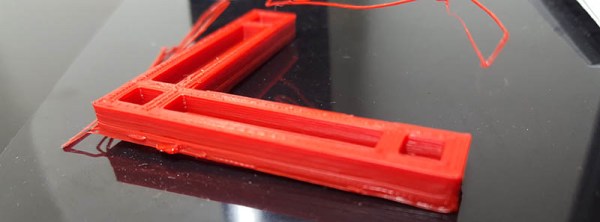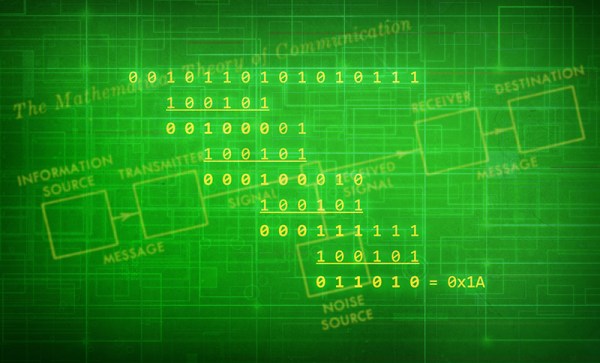Date and time handling is hard, that’s an ugly truth about software development we’ll all learn the hard way one day. Sure, it might seem like some trivial everyday thing that you can easily implement yourself without relying on a third-party library. I mean, it’s basically just adding seconds on top of one another, roll them over to minutes, and from there keep rolling to hours, days, months, up until you hit the years. Throw in the occasional extra day every fourth February, and you’re good to go, right?
Well, obviously not. Assuming you thought about leap years in the first place — which sadly isn’t a given — there are a few exceptions that for instance cause the years 1900 and 2100 to be regular years, while the year 2000 was still a leap year. And then there’s leap seconds, which occur irregularly. But there are still more gotchas lying in wait. Case in point: back in May, a faulty lunar leap month handling in the Chinese calendar turned Samsung phones all over China into bricks. And while you may not plan to ever add support for non-Gregorian calendars to your own project, it’s just one more example of unanticipated peculiarities gone wild. Except, Samsung did everything right here.
So what happened?
Continue reading “Samsung’s Leap Month Bug Teaches Not To Skimp On Testing”














